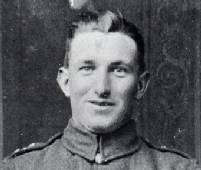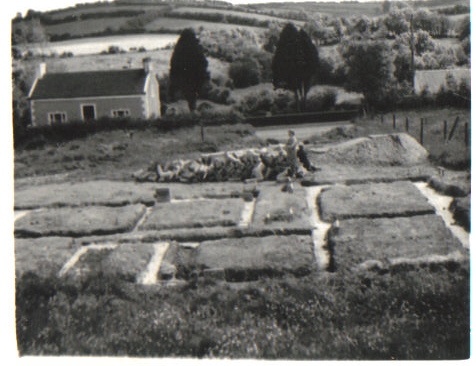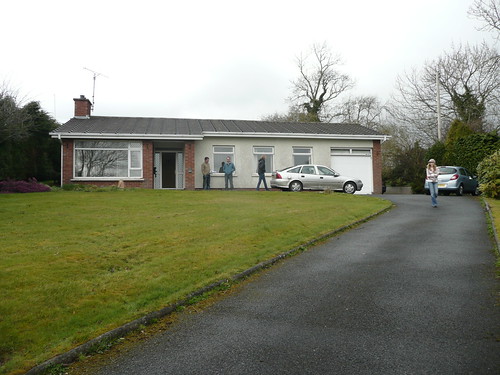In a recent blog post, Metageologist asked people to remember their most important geology teachers. Here are three of mine, all of whom shared the same surname.
I was educated in one of only half a dozen or so schools in Northern Ireland that taught geology to A Level standard. The geology teachers at the Royal School Armagh were the Vice Principal, Mr Darby Reid (nickname: “Darby”) and his son, Mr Michael Reid (nickname: “Wee Mick”).
Michael Reid was the person who really inspired me to get into geology. He had only recently graduated himself and was therefore probably less than 10 years older than us. He shared his enthusiasm for geology by sending us out to the frozen outdoor swimming pool to practice our hammer skills on the ice, showing us the key skill of licking rocks, taking us for field trips to the Mourne Mountains (I got soaked more than once doing a river section), and sharing exciting new developments in geology (this was the mid-late 70s when plate tectonics was new).
Darby Reid was one of the more senior teachers in the school, in fact he had taught my Dad in the 1950s. He had a reputation for being a strict disciplinarian (as befits a Vice Principal) and was incredibly well organised (he hand-drew all the timetables for the school), but he had an obvious passion for geology. He very obviously relaxed when teaching geology and his afternoon field trips to Carboniferous limestone quarry at Navan Fort were a highlight. He also gave us a walking tour round the geology of buildings in Armagh, highlighting in particular the local breccia that became highly polished when used as doorsteps.
The school was fortunate to have inherited the Earl of Caledon’s* geology collection which filled two display cabinets in Mr Reid’s classroom. There was even a sample of uraninite (which would really give the H&S people canaries today!). The store-room next door had been converted into a rock lab, with a rock cutting and polishing machine that A Level students were permitted to use. I can still smell the unique aroma of slicing through Silurian turbidites.
This was a fantastic learning environment, and I know that three pupils from my year (out of around 50) went on to graduate with geology degrees and become professional geologists. That is a real testimony to the Reid family enthusiasm and passion for the subject.
I did my first degree at Queen’s University Belfast in the early 1980s, and one of the lecturers there was a sedimentologist called Mr Robin Reid (no relation to the previous two Reids). Mr Reid had been an RAF pilot during the War and had studied geology afterwards as a War Degree. He was emphatically called Mr Reid because of a poor decision over his Ph.D – apparently, and unknown to him, someone had submitted a Ph.D. thesis on exactly the same topic as Mr Reid only a week or so before he submitted his, and therefore he was denied the award of his degree.
My best memory of Robin Reid was the third year field trip to the Cotswolds and Weymouth. While the students took the ferry and a train to Cheltenham, and were then on a coach for the rest of the trip, Mr Reid rode his old Triumph motorbike. And yes, he did wear a white silk scarf, all very RAF. He introduced us to the joys of the Inferior and Greater Oolite, the Jurassic Coast and, crucially, real ale. I still get excited seeing oolites in the field.
I’d be interested to hear from anyone else who remembers these teachers. There are many more who I could mention (Arthur Whiteman from Aberdeen being one), but that’s for another day.
* One of the Earls of Caledon was a Fellow of the Geological Society (FGS).

 Remembrance Sunday is a good day to write this post, inspired by
Remembrance Sunday is a good day to write this post, inspired by 
